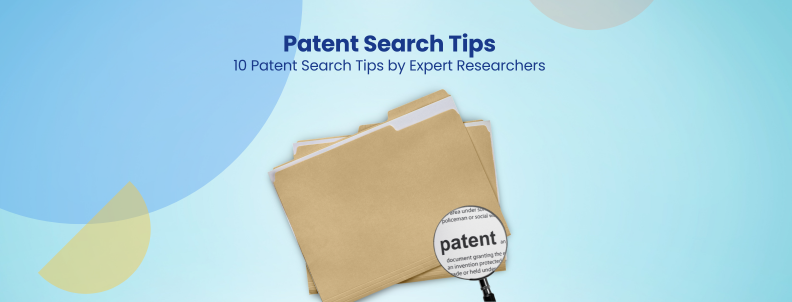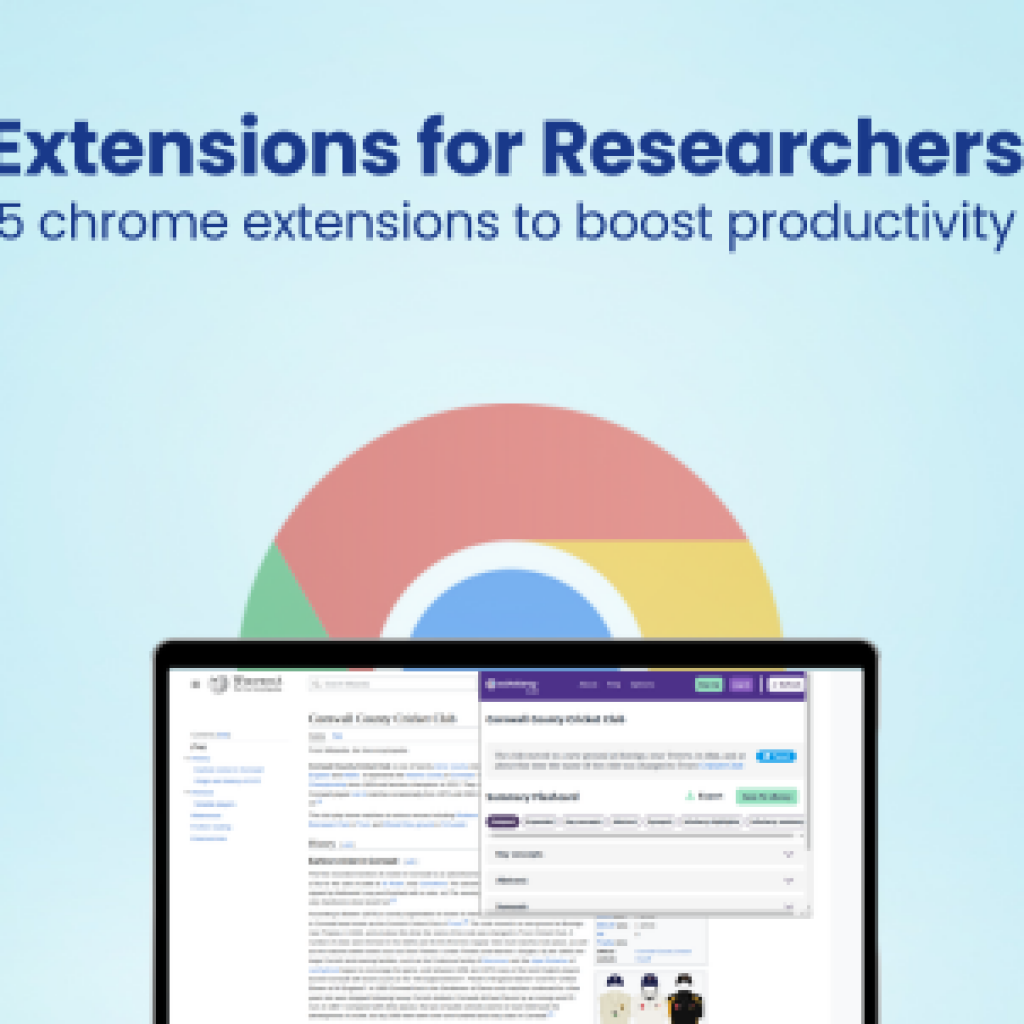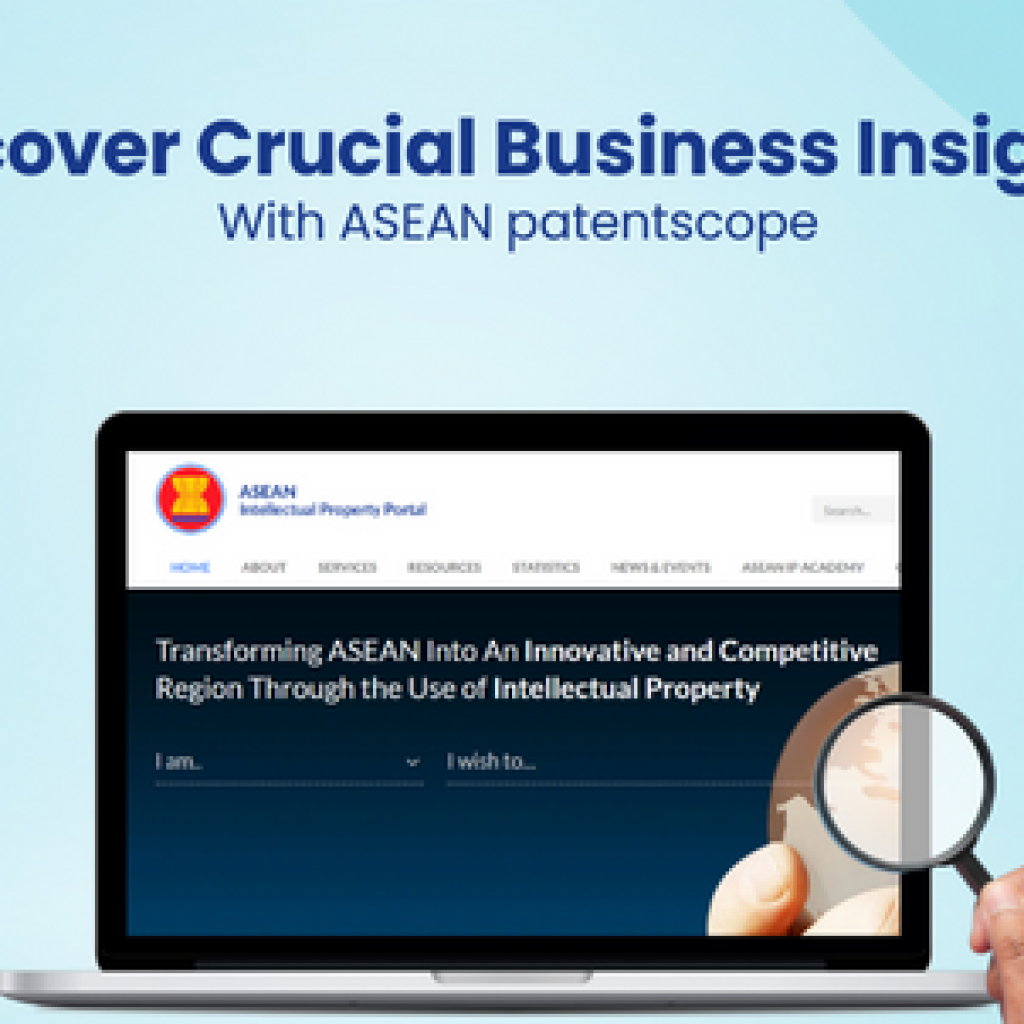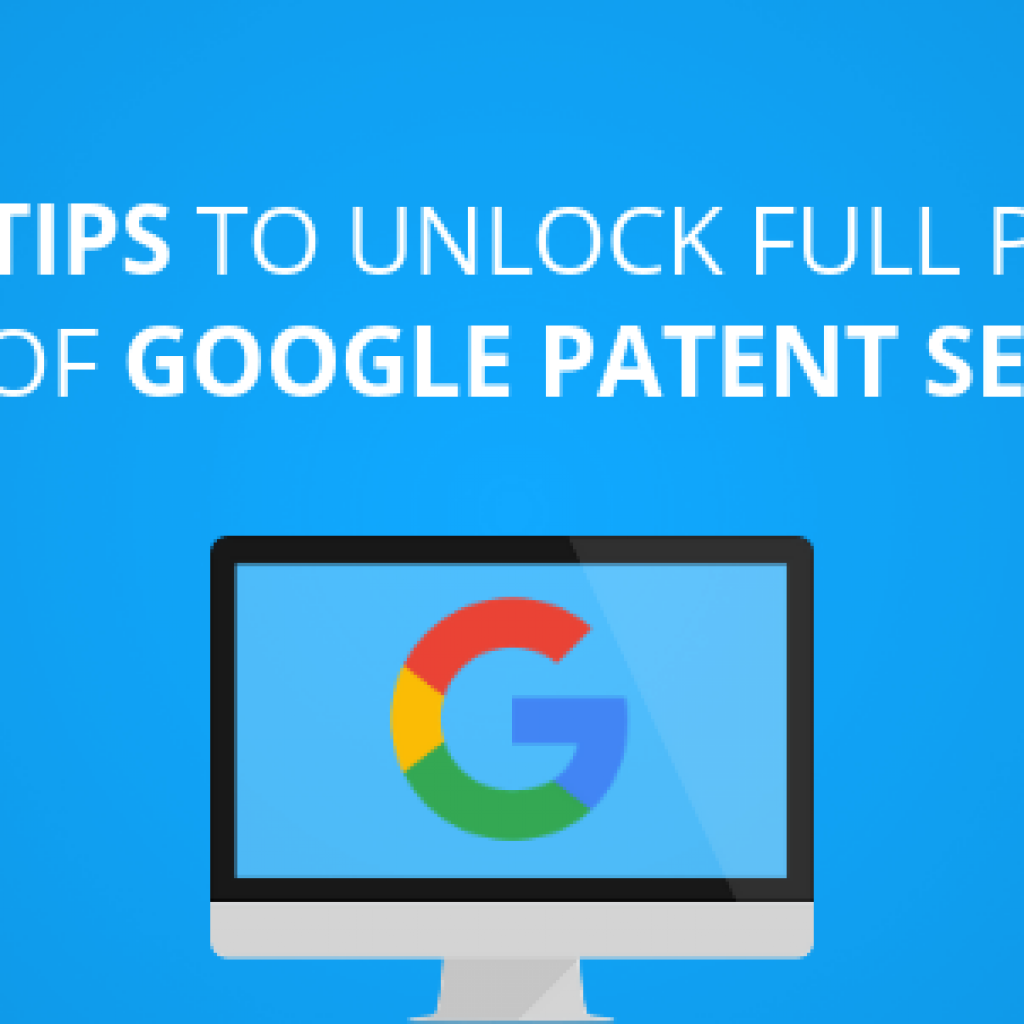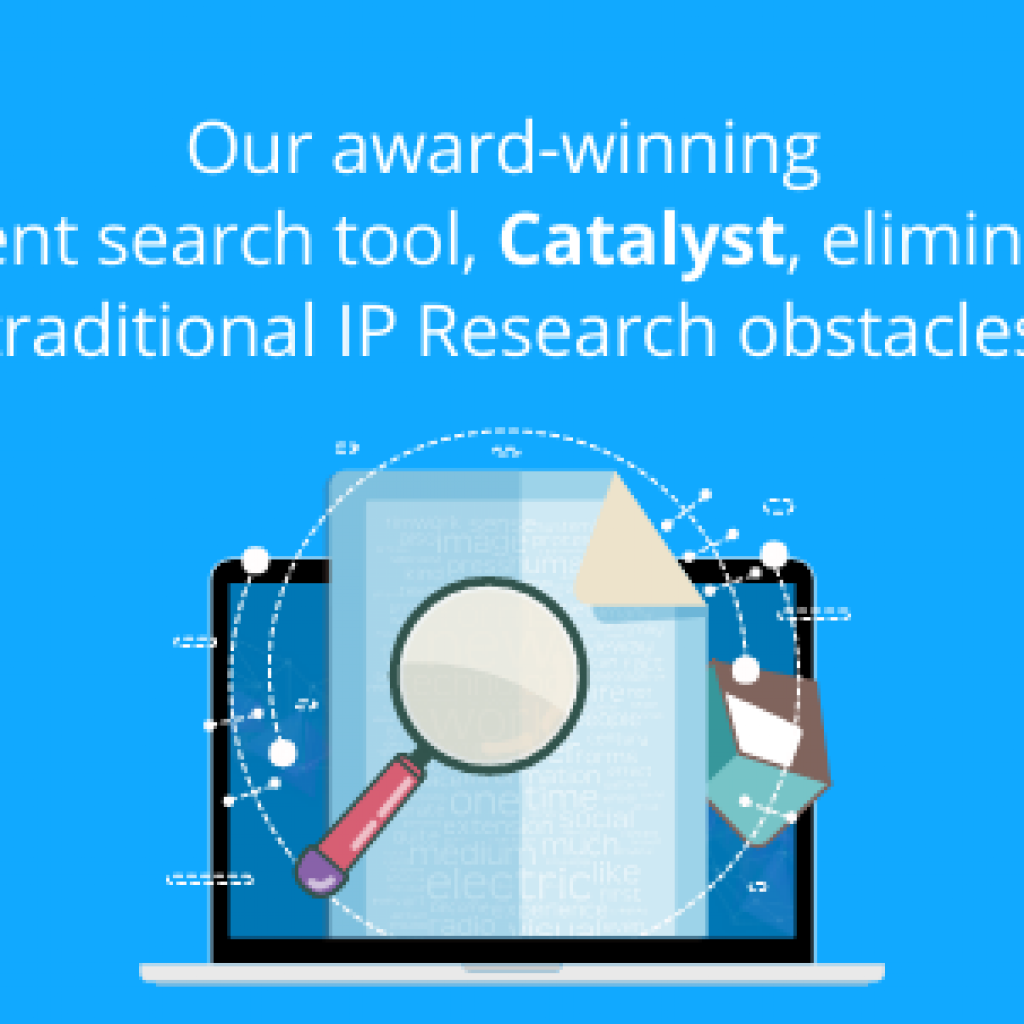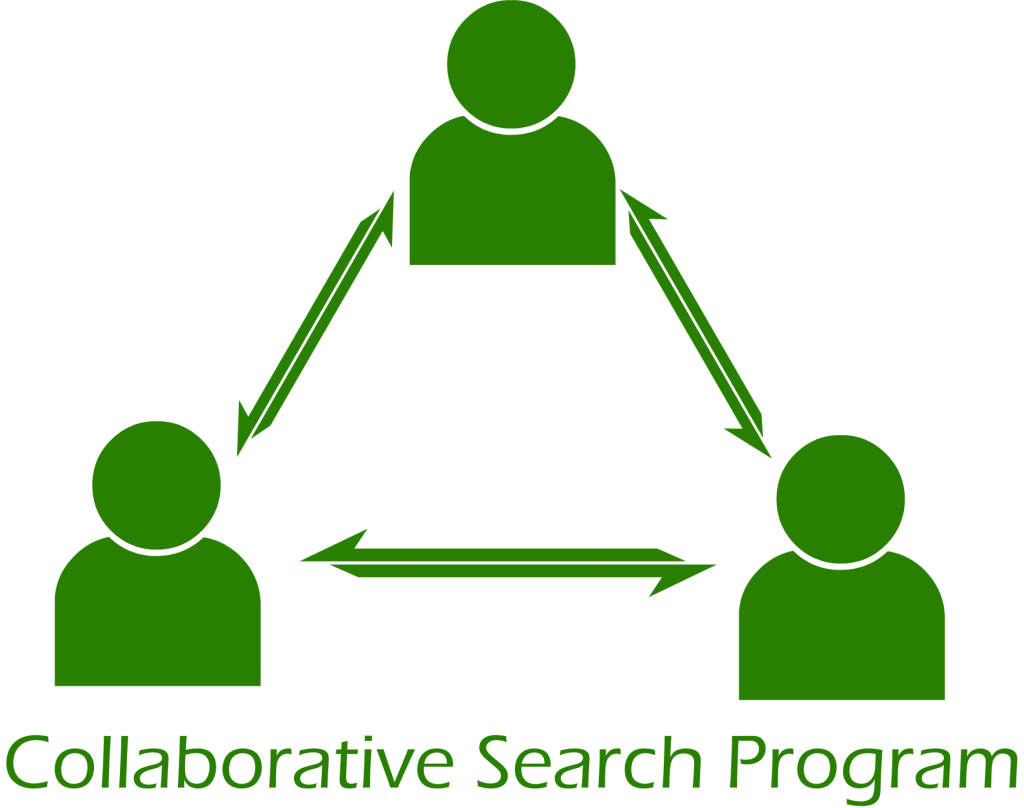
The USPTO recently launched a new collaborative search pilot program with JPO and KIPO to ameliorate patent quality and derive more consistent results.
The pilot program with JPO was launched on 1-August-2015 and with KIPO on 1-September-2015. Both the programs will be active for 2 years, examining 200 applications each per year (400 totals), that can be extended by the end if all goes well.
The intention of USPTO behind new collaboration is to determine the impact of both programs on examination by sharing the results. Nevertheless, these programs will expedite the prosecution process and will be able to carry out more precise prior art.
To participate in CSP, an applicant must take care of following requirements. If an applicant fails to comply with any of the requirements as stated below, he will be given another single chance to fulfil the same within a span of 30 days.
The Eligibility Criteria Include:
- An application can have a maximum of 3 independent claims and 20 claims in total.
- An application must be of single invention.
- Correspondence between the claims in each Office.
- The common earliest priority date must be after March 16, 2013.
- The Application must be unexamined in both Offices; the Petition (Form PTO/SB/437JP or PTO/SB/437KR) to participate in the program must be granted in both Offices
- The petition must include an express written consent under 35 U.S.C. § 122(c) for the USPTO to receive prior art and comments from the JPO or KIPO
Let’s have a look at the search procedure of both pilots.
The JPO-USPTO Pilot Search Program
The collaboration with JPO, also described as serial search and evaluation program, is speculated to give great insights and strong result. The reason being the way examiners collaborate in the program.
First, one among the two examiners carries out his examination and shares his result with another examiner from second PTO. The first examiner will be decided on the basis of priority date or priority country of the application. The second examiner, then finishes his examination and shares the evaluation result with the first examiner.
In the next step, both examiners prepare a single report and send that to the applicant. This way applicants will receive expedited results.
The KIPO-USPTO Pilot Search Program
USPTO has named this pilot search as Parallel search and evaluation program because the search will be conducted independently by each examiner. No consideration will be given to the search results of the other examiner while preparing report, however, an examiner will wait for the search results of other examiner before sending his/her evaluation results an applicant.
In both of the pilot searches, the applicant will be provided results as a notice of allowance or pre-interview communication based on the search reports. An applicant, then, can elect how to proceed with the first action interview.
The overall benefits to the applicant include, better quality patent than before and early receipt of search results from both the offices which speeds up the entire process.
The USPTO, after the period of two years will evaluate the benefits by these two collaborations. It will check whether patent quality is improved by sharing of the results and then decide whether to extend them or not.
USPTO-JPO pilot search, in which two examiners share their evaluation report, can provide strong quality and better reports in prior art searches. At the same place, USPTO-KIPO can drive faster and comparable results due to the independent work of the two examiners at the same time.
What do you think? Are these programs going to improve quality of patents issued at the PTO? Though, this is a great way for USPTO to share its workload; however, does it bring anything good for an applicants? Yes it makes the examination process fast, but other than that why an applicant would like to opt for this program?


